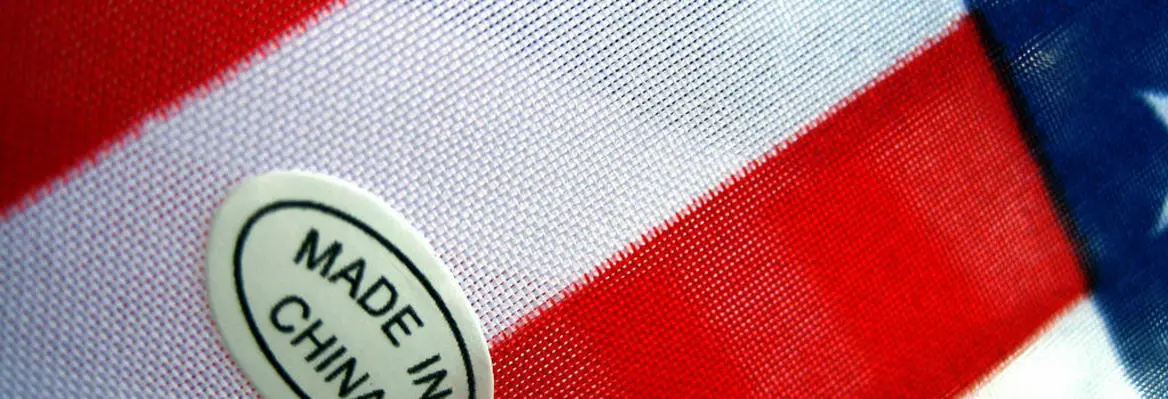Early in 2014, Obama teased Putin that we had grown out of military solutions. That was before Russia invaded Ukraine and US bombers returned to the Middle East. Is it a fantasy to imagine that the economy has replaced the barrel of the gun as the real source of power? Or is this a short cut to Armageddon?
Rana Mitter is Professor of the History and Politics of Modern China at Oxford University. He is also a regular presenter of Night Waves and contributor to The Financial Times, History Today, and the London Review of Books.
Here, he speaks to the IAI about China’s global economic vision and the difference between soft power and military strength.
In the debate on IAI TV you argued that economic power has trumped military strength around the globe. Could you expand on that? How has that taken place?
I was thinking specifically about the Asia-Pacific region. On the one hand there’s a very obvious and, in some ways, alarming story about the growth in military power. The most obvious example of that is the major growth in Chinese military power in the region. A country which, in 2000, was spending about 12 billion US dollars a year in defence is now spending more than ten times as much than that. Japan is one of the other significant countries in the region that is spending more than 50 billion US dollars a year on defence. When you look at those sorts of statistics it’s understandable why people think that military power is going to be a major factor, and it is certainly important.
That said, if you look at the dynamics of the Asia-Pacific region now, it’s very clear that the major approaches are economics. It’s butter rather than guns. For example, China is trying to improve its image and also create a sense of consensus and legitimacy around its presence in the region. This is part of a policy by the Chinese government called One Belt One Road, which essentially is a way of creating a new economically integrated area of trading commerce with China at the centre. This economic region would stretch all the way through the Middle East and through central Asia even as far as south-east Europe and all the way down to south-east Asia and probably Australia too.
One Belt One Road is obviously a very ambitious programme and it’s a long way from completion. It’s dependent on a number of factors, such as the establishment of the Chinese infrastructure bank which has been set up with an initial 40 billion dollars worth of funding. Nevertheless, the point is that the Chinese are pushing One Belt One Road very hard as their recipe, their message to the region. In other words, although the military remains very important, it’s clear that over the longer term, economic integration is far more central to what they want to do. They also use it as a means of trying to find a counter-argument to the presence of the United States in the region. The Americans have a very large military presence there but it’s harder for them to form directed economic integration. The major American initiative called the TPP – the Trans-Pacific Partnership – currently excludes China. By not including the major economic players in the region within the TPP it makes it much more like a security arrangement, much less like an economic one.















Join the conversation